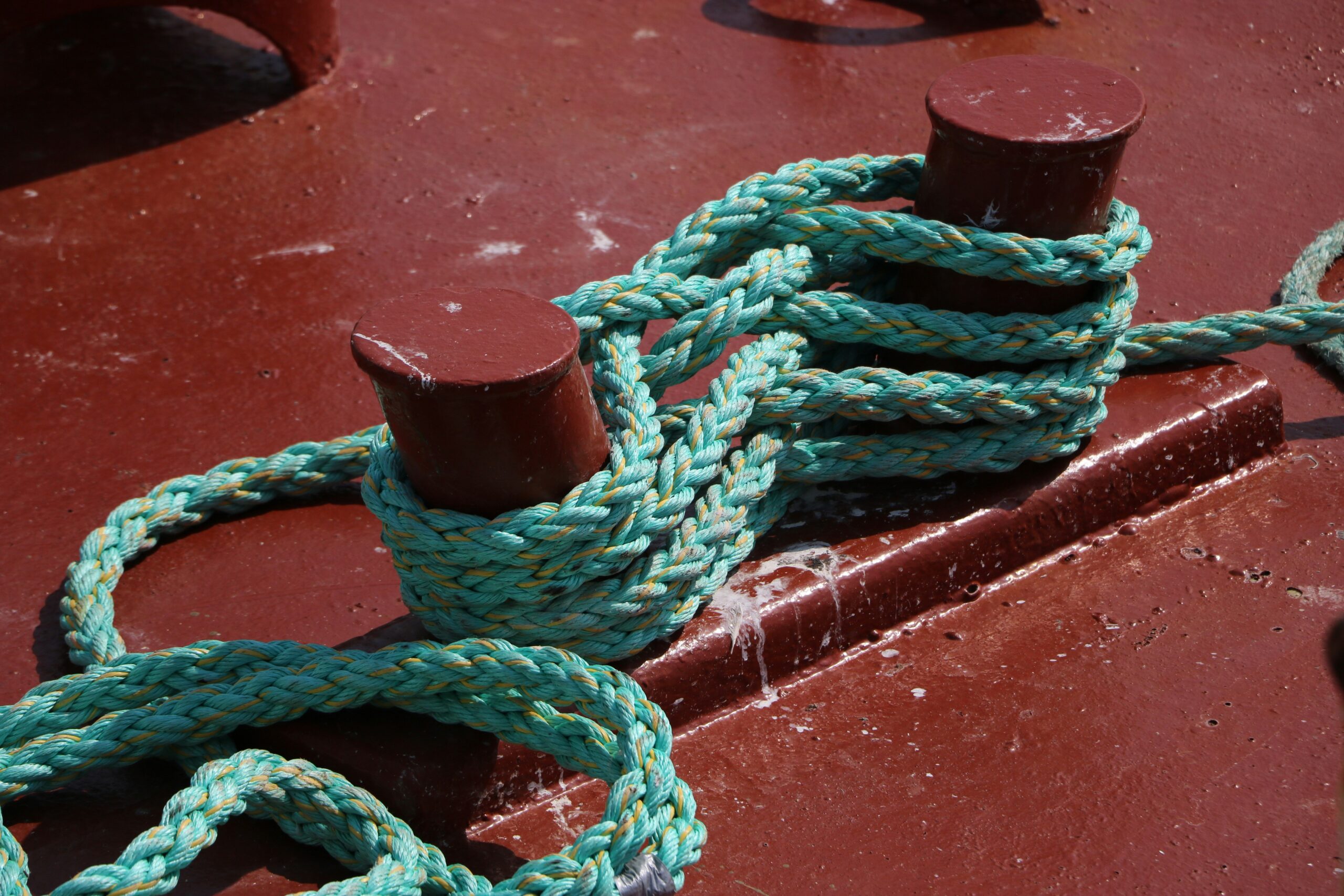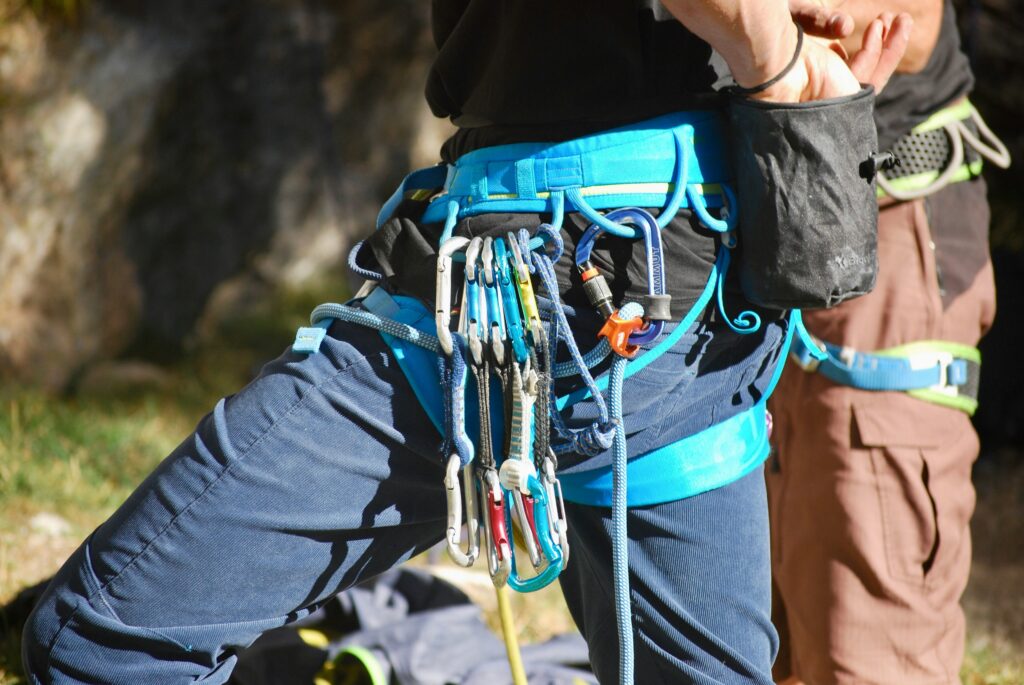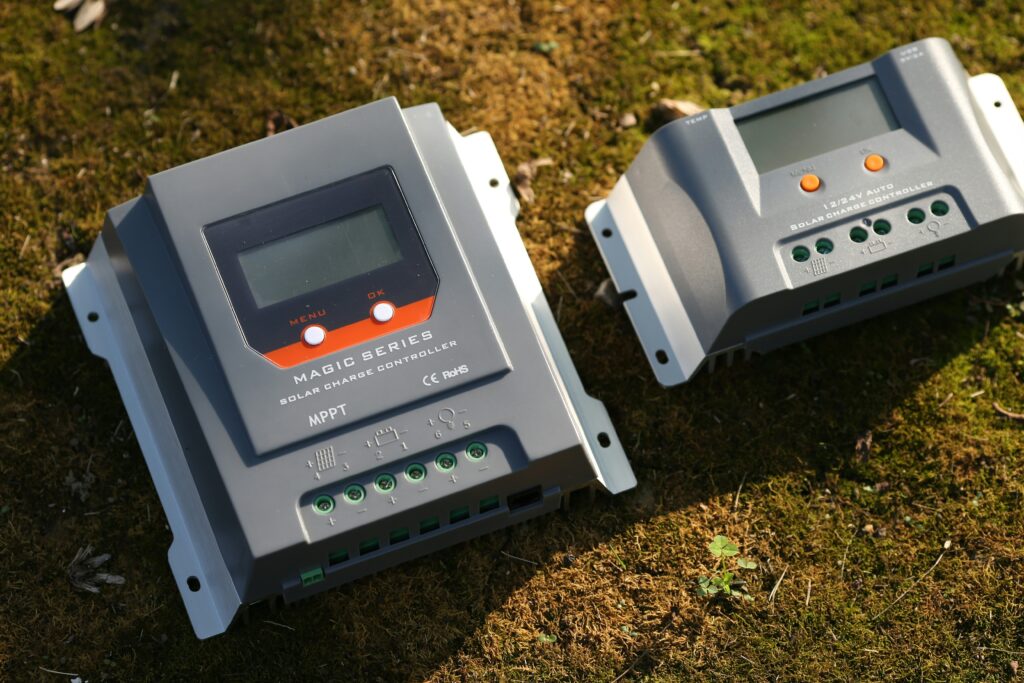“Ever been halfway up a cliff and realized your anchor system wasn’t as reliable as you thought? Yeah, it’s not something you forget.”
I once trusted a rope setup that seemed “good enough,” only to nearly end up dangling like a marionette in a storm. If you’ve ever felt even slightly unsure about your climbing belay device and anchor systems, this post is for you.
We’re diving deep into Secure Anchor Systems, uncovering why they matter, how to master them, and the mistakes you need to avoid before they become stories you tell over campfires (or nightmares). Ready? Let’s go!
Table of Contents
- Why Secure Anchor Systems Are Non-Negotiable
- Step-by-Step Guide to Setting Up Secure Anchors
- Tips for Maintaining Reliable Anchor Systems
- Real-Life Examples of Secure Anchor Success (and Failures)
- FAQs About Secure Anchor Systems
Key Takeaways
- Secure anchor systems are critical for preventing accidents during climbs.
- Choosing the right climbing belay device complements your anchor setup.
- Frequent checks and proper technique are essential for reliability.
- Neglecting maintenance can lead to catastrophic failure on the rocks.
Why Secure Anchor Systems Are Non-Negotiable

Let’s get one thing straight: nobody plans to fall off a cliff. But guess what? It happens more often than you’d think. According to recent statistics, improper anchor setups contribute significantly to climbing accidents globally. Yikes.
Your anchor system is literally what keeps you tethered to safety when gravity starts pulling harder than expected. The wrong equipment—or worse, the sloppy execution—can mean disaster. Here’s where Secure Anchor Systems come into play:
- Reduces risk by ensuring redundancy in points of attachment.
- Provides peace of mind so you focus on enjoying the climb.
- Prolongs gear longevity through strategic load distribution.
Skipping this step is like deciding oatmeal tastes better without flavorings—it just doesn’t work.
Step-by-Step Guide to Setting Up Secure Anchors
Step 1: Choose Your Anchor Points Wisely
Optimist You: “This looks sturdy!”
Grumpy You: “Ugh, fine—but only if these bolts were drilled AFTER 1970.”
Seriously though, make sure your anchor points are solid. Look for:
- Clean cracks or solid bolts.
- No rust or visible wear.
- At least two independent points for redundancy.
Step 2: Use the Right Gear
A climbing belay device paired with carabiners designed for anchor systems ensures smooth operation under pressure. Invest wisely here; cheap knock-offs might save pennies now but cost far more later.
Step 3: Equalize the Load
Use slings or cordelettes to balance weight across all anchor points. Uneven loading increases strain on specific components—bad news bears.
Tips for Maintaining Reliable Anchor Systems
- Clean your gear after every use. Dirt buildup ruins functionality faster than gremlins ruin electronics.
- Inspect regularly for signs of wear like frayed edges or rust.
- Practice setting up anchors at ground level until it’s second nature. Muscle memory saves lives!
- NEVER trust old webbing left behind by previous climbers. Seriously, who does that?
(Pro tip turned rant moment: People leaving trashy gear behind? Not cool, bro.)
Real-Life Examples of Secure Anchor Success (and Failures)

Tales from veterans highlight both triumphs and teachable moments:
- Success Story: A group credits their meticulous triple-point anchor system for surviving a freak storm mid-climb in Colorado.
- Failure Warning: A novice ignored clear signs of bolt erosion in Utah—and paid dearly with hospital bills instead of summit selfies.
FAQs About Secure Anchor Systems
Q: How much weight can a secure anchor system hold?
A: Depends on materials used, but quality systems typically support over 20 kN (4,500 lbs).
Q: Can I reuse old slings for my anchor?
A: Absolutely not. Old slings degrade over time. Toss ‘em. Trust me—it’s cheaper than stitches.
Q: Is there such a thing as too many anchors?
A: Yes—if improperly set, extra anchors may create uneven forces leading to failures. Stick to tested methods.
Conclusion
Secure anchor systems aren’t just another climbing buzzword—they’re your lifeline against chaos when things get vertical. From understanding the importance of redundant setups to mastering your climbing belay device’s role in the equation, we’ve covered everything you need to stay safe out there.
So next time someone asks why you obsess over tiny details, smile knowingly and say, “Like a retro Tamagotchi, my climbing kit demands daily love.”


